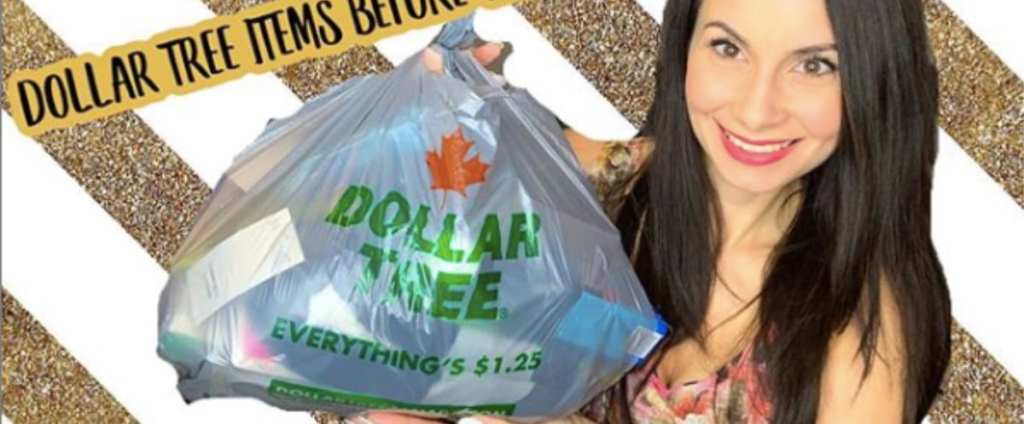Trending Now
It might seem impossible that a store that offers pretty much everything on its shelves cheaper than anywhere else (if not for an actual $1) could be a profitable business.
Dollar stores (to be clear, we’re talking about the category of stores “dollar stores,” not the chain of dollar stores called “Dollar Store”) have been around for decades, but after the recession in 2008, more and more people across all income levels began to patronize them.
https://www.instagram.com/p/B6YCdf_luQW/
“In general, dollar stores provide great value,” explained Meaghan Brophy, a retail analyst for FitSmallBusiness.com. “But as many items are custom-made in smaller sizes by manufacturers for dollar stores, shoppers need to compare the price against weight, length, and size,
Given that you can find them in pretty much every town, though – there are 15,000-of them across the U.S. – they’re obviously turning a profit.
But how?
https://www.instagram.com/p/B6WB6YpFP9l/
Darya Minovi, a policy associate at the Center for Science in the Public Interest, can tell us at least part of the story.
“Dollar stores are able to profit on slim margins, in part because operating costs are kept low by employing only a handful of people to stock aisles, and by limiting the amount of cold chain storage in their stores (which is necessary for fresh foods like produce).”
Basically, they take care when deciding what to stock and how much in order to cut down on operating costs in their stores – which explains why you’re pretty much always on your own when it comes to finding something in their jumbled aisles of canned vegetables and paper goods.
https://www.instagram.com/p/B6V0REJhomd/
There’s more to the equation, though, says Minovi.
“Dollar stores in the United States typically seek to open locations in economically disadvantaged communities that lack a full-service grocery store. It’s worth noting that consumable goods were nearly 78% of Dollar General’s total sales in 2018. Unfortunately, the food on offer is largely calorie-dense and nutrient-poor, so this model depends on selling nutritionally poor food and beverages to mostly low-income customers.”
Which is all to say that dollar stores, though they serve the needs of certain communities, are not without their issues.
One of those issues, though, isn’t turning a profit.
Just so you know.






